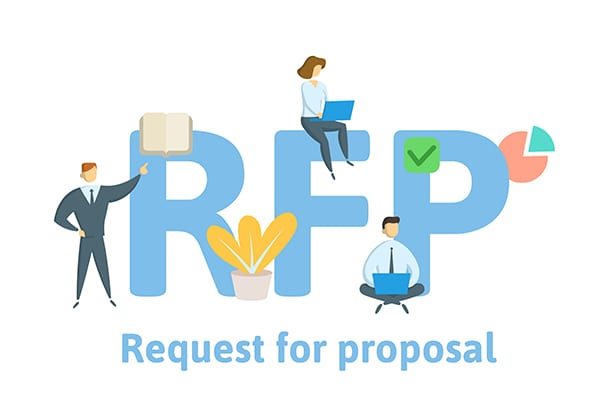Running a successful eCommerce business is hard work, and one of the hardest tasks of all is choosing which things to do first.
So many of the most important tasks are also the most time consuming: clarifying your businesses niche, understanding your target customer, building a community with email and social media, and developing a great customer service team. For starters, it’s far more productive to begin by picking the low hanging fruit. Here are five straightforward things you can do to make a big immediate impact, while also laying down a foundation to build on.
1. Add Great Product Photography
Customers want to know as much as possible about the product they are buying. cxPartners, a UK firm specializing in usability testing, carried out eye-tracking studies that showed product images were the first thing a customer looks for on an eCommerce page. Say two different stores sell the same product -- one with multiple, attractive images and the other with a single snapshot. Which do you think the customer will buy from? This simple step is often overlooked, and easily addressed by following a few simple guidelines:
- Take multiple photos of the same product from different angles.
- Collect images that are at least 500 pixels wide by 500 pixels tall at a minimum of 300 dpi /
ppi . - Be biased toward square images (pictures as wide as they are tall.) This will help make all your site’s photos a consistent size and shape. Add an object of known size (a penny, for example) to a photo of a product. By providing a sense of scale, buyers will instantly know the actual size of the product.
- Consider using a white background. This minimizes distractions and provides a clean look.
- Use lighting tools specifically designed for product photography.
- Add extra shopping aids to your photo selection. Include a zoom button, color swatches and an easy interface for browsing of product photos
See examples on GetElastics “How Top Retailers Show Product Images”
2. Create Multiple Methods of Product Navigation
As Jakob Nielsen says in Usability 101, “The first law of eCommerce is that if users cannot find the product, they cannot buy it.” Your job is to make things as easy as possible to find, in a way that is equally easy for focused shoppers and casual browsers to use.
Here are some practical steps to begin with:
- Place your product in every category to which it could possibly apply. For example, a thumb drive is a storage device. It’s also a computer peripheral.
- Allow customers to quickly refine search results by different product attributes – color, size, price range, brand, etc.
- Allow customers to fine tune their search by selecting a specific category
- Display a set of related products on each product page
- Enable customers to see “Customers Who Purchased This Also Purchased"
3. Quick and Easy Checkout
In 2010, Forrester Research and Shop.org found that 55% of customers that put products in their shopping cart never complete the purchase. This is known as shopping cart abandonment and it’s a major frustration for whom? Write it out. The best first step toward minimizing cart abandonment is to make the checkout process and quick and easy as possible.
- Remove any questions that are not completely necessary.
- Provide inline validation for users when filling out the forms. If a field is required or invalid information was entered, give the user feedback before they press submit. The sooner you can alert them to a problem, the easier it is to fix…and the less frustration for the customer.
- Allow customers to fill their shopping cart without registering, requiring them to create an account only after you’ve given them a positive shopping experience
- Reduce the number of steps in the checkout process. Many online stores are moving to a one-page checkout to make the process clear and simple. Even if you have a multi-step process, keeping it is as simple as possible will go a long way towards improving conversion rates.
4. Secure Site Assurance
According to a PayPal study, 21% of customers have abandoned a shopping cart due to concerns about site security. One simple step: use a service like McAfee SECURE or buySAFE to display a secure badge and reassure customers that your site is safe. One more line about the importance of the customer feeling safe.5. Be Clear From the Start
One of the top reasons customers abandon their shopping carts is that the “total cost of the purchase is more than was expected.” Many eCommerce sites make it difficult for customers to get the true cost… including taxes and shipping and handling …until they are deep within your checkout process. Instead, provide this information as soon as possible. While you run the risk of causing sticker shock, the trust you build is worth the risk.
Plus: A Bonus Step
Once you have finished the five basics above, you are well on your way to tackling the more daunting (and expensive) tasks of branding, marketing, and customer service. Before you start scaling these mountains, you may want to lay some important groundwork by automating your website’s order entry into your accounting and order fulfillment software. It isn’t necessarily inexpensive or simple to do so, (especially if you don’t currently have an accounting or order processing software package) but it introduces efficiencies that are far easier to implement at the beginning stages than they are further down the line. Someday, when your successful brand identity, savvy marketing, and loyalty-inducing customer service brings the orders pouring in, you’ll be glad you have the accounting, inventory and shipping wherewithal to make the most of it.


